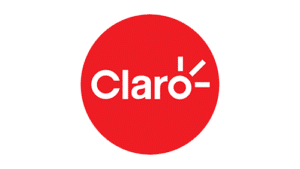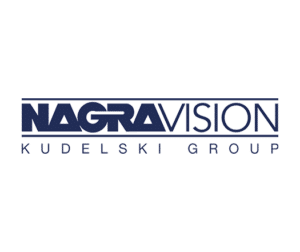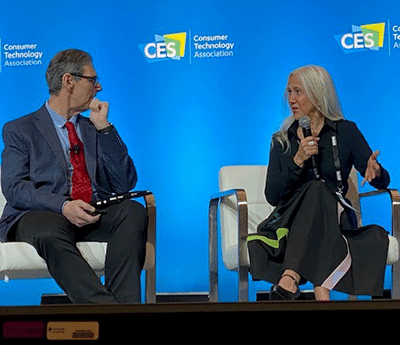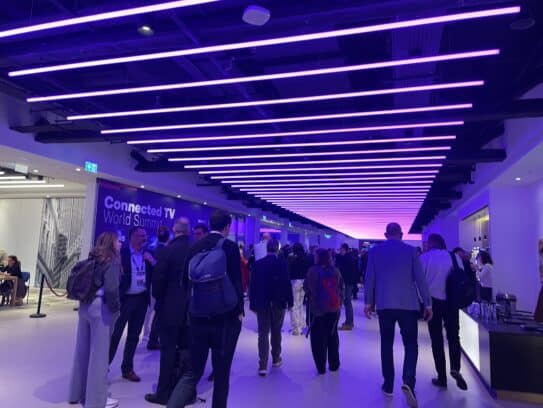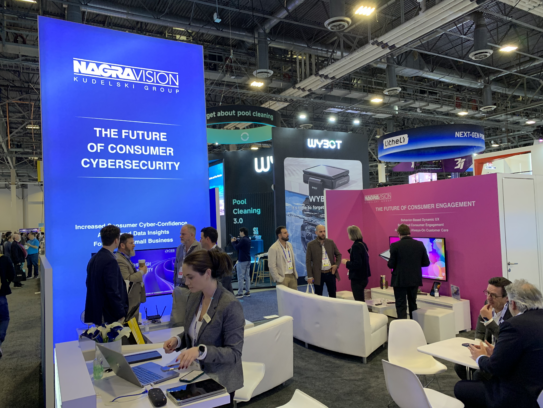Get exclusive insights from industry leaders at CES 2024 and the pulse of consumer concerns about privacy and security in the connected home space, with key statistics that support the latest developments in the connected home space.
The CONNECTIONS Summit is an annual event hosted by international research firm Parks Associates at CES in Las Vegas, focusing on new trends, emerging technology, standards, new business models, and partnerships impacting the connected home.
This year, Nancy Goldberg, NAGRA EVP and Chief Marketing and Sales Officer, had the opportunity to share the stage with other thought leaders during the summit’s “Privacy and Data Security” session for a dynamic exploration into the challenges and innovations shaping the protection of your privacy and data in connected living environments.
The panel discussion explored three sub-themes that are shaping the landscape of smart home technology, one of the cornerstones of the NAGRA presence at CES 2024:
- Triumph Triangle: Balancing functionality, security, and usability
- Selling Smart Home Within Complex Regulatory Constraints
- Intelligence vs. Intrusiveness: Navigating AI’s Disruption
KEY STATISTICS FROM PARKS AND ASSOCIATES RESEARCH
Before diving into the insights shared by the esteemed panelists, let’s set the stage with some key statistics from Parks and Associates research:
- The total average number of connected devices per US household reached 17 in 2023.
- A notable rise in connected health-related devices adds complexity to privacy and security considerations.
- 51% of consumers express very high concerns about the security of their personal data.
- Approximately 40% of consumers trust companies to secure their data.
TRIUMPH TRIANGLE: BALANCING FUNCTIONALITY, SECURITY, AND USABILITY
In this digital age, smart home devices are not merely gadgets; they’re functional companions designed to seamlessly integrate into our lives. The question discussed amongst the panelists is how the industry is doing today in terms of launching products while preserving consumer privacy and security.
Vikram Venkatasubramanian set the tone by highlighting a fundamental lack of trust within the industry, emphasizing the existence of a significant market gap in delivering products that effectively address this issue. Jacob Alamat shed light on the varied industry responses, with some actively investing in security measures. However, he stressed the importance of industry-wide collaboration, acknowledging that any security breach could have widespread ramifications.
Nancy Goldberg added a consumer perspective, noting that while consumers may feel concerned, there is a prevalent sense of helplessness, supported by data from Vikram indicating that 84% of people feel powerless in the face of cybersecurity challenges.
Kurt Busch emphasized consumers’ conscious decisions, distinguishing between devices that listen and those equipped with cameras, showcasing a nuanced awareness of privacy trade-offs. The discussion unveiled a complex tapestry of challenges, ranging from the industry’s understanding and maturity in addressing security issues to consumers’ evolving consciousness and decision-making in adopting smart devices.
SELLING SMART HOME WITHIN COMPLEX REGULATORY CONSTRAINTS
Moderator Ross Rubin, Sr. Contributing Analyst, Parks Associates, queried the panelists on marketing and selling solutions based on better security and privacy policies.
Vikram noted that data from research conducted by Duke University and Carnegie Mellon University supports the point of consumer willingness to pay for more secure devices. Vikram also notes that with the ISP that his company works with, consumers surveyed noted an average willingness to pay an incremental $7.24 a month, and within his own company, they’re seeing a willingness to pay of between $6-15 for device protection incrementally.
Nancy noted that we’re just at the beginning of what data can do and the sheer amount of personal information in question. The robustness of technology and the integration of that technology into consumers’ daily lives is only going to increase. Therefore, consumers’ willingness to pay for protection and peace of mind will also rise.
Michelle Mindala-Freeman, Executive Vice President of the Connectivity Standards Alliance, added that as the next wave of consumers comes online, Matter and other standards must be developed on a set of common foundational principles. This approach helps to ensure that any in-place standards can be easily changed depending on future levels of risk and threats.
But how do device manufacturers feel about undertaking the extra work this will entail?
Kurt Busch noted how we have several conflicting forces at work. One is that we certainly need security and privacy standards as our lives today are driven so heavily by digital interaction. This makes the work driven by the Connectivity Standards Alliance critical, especially for innovation. The drivers of innovation are frequently small companies and are often disadvantaged in heavily regulated spaces. Regulations add staffing, which adds expense, time, and resources that smaller companies lack.
He adds that there is light at the end of the tunnel as it’s almost becoming table stakes that the security is built into the semiconductor components. This helps in the development of more resilient consumer devices and also helps build trust and control into IoT products and ecosystems from the start.
INTELLIGENCE VS. INTRUSIVENESS: NAVIGATING AI’S DISRUPTION
Ross noted that the industry is accommodating different business models, bringing with it a robust discussion over control vs. defaults. One key question – where do we net out on data collection, development of features, and keeping things simple?
The panel discussion included the integration of AI into solutions but doing so mindfully. For example, integrating AI directly onto the device, not the Cloud. Also, only transferring data needed and linking to the processing of AI to the device. Ultimately, starting with the concept of data sovereignty, allowing consumers to treat the data as their own is the exchange we should strive for as an industry.
Vikram also posited the concept of the industry developing a privacy “nutritional label” to show the consumer exactly what is being collected along the way.
NAGRA APPROACH TO CYBERSECURITY IN THE HOME: EMPOWERING USERS FOR A SECURE FUTURE
At the heart of the NAGRA mission is a steadfast commitment to putting users first and enhancing their lives through cutting-edge cybersecurity solutions. In the context of the connected home, this commitment takes center stage in the form of NAGRA Scout, a robust cybersecurity solution designed to safeguard your home environment.
NAGRA Scout empowers consumers with control over their data, privacy, and overall security. Here’s how NAGRA Scout ensures a secure and enriching connected home experience:
- User-Centric Approach: NAGRA understands the importance of considering the end user in every aspect of product development. NAGRA Scout is crafted with the user in mind, providing a tailored cybersecurity solution that aligns with individual needs.
- Protection Customization: NAGRA Scout assesses the unique requirements of the family, home, and extended community. It goes beyond generic solutions by allowing users to define their protection needs, ensuring a personalized and effective defense against cyber threats whether in or out of the home.
- Control Over Environment: Empowerment is critical, and NAGRA Scout gives users control over their home environment. From deciding who gets access to what to managing privacy settings, users are in the driver’s seat of their connected world.
Let’s Secure Your Lifestyle, Connect Your World!
Are you ready to take charge of your home’s cybersecurity and embrace a future where privacy and security are paramount? NAGRA invites you to join the journey toward a secure, connected home.
Reach out to our experts to explore how NAGRA Scout and our suite of cybersecurity solutions can be tailor-fit to your specific needs. Whether you have questions, want a personalized consultation, details on how we can add security directly to the chip of your IoT device, or are ready to implement advanced cybersecurity in your home, we’re here to help. For more key takeaways from our CES presence, read our CES blog.






